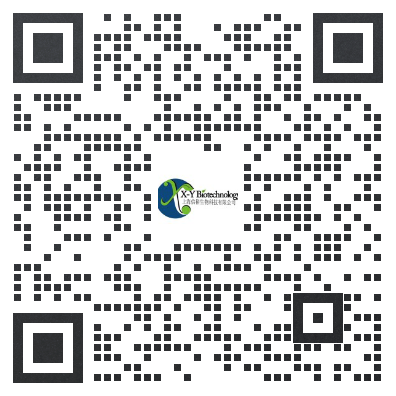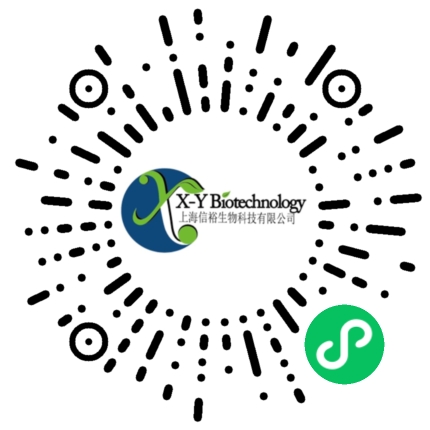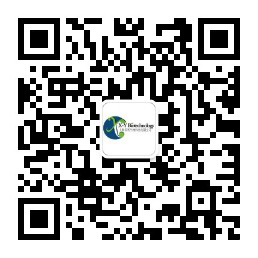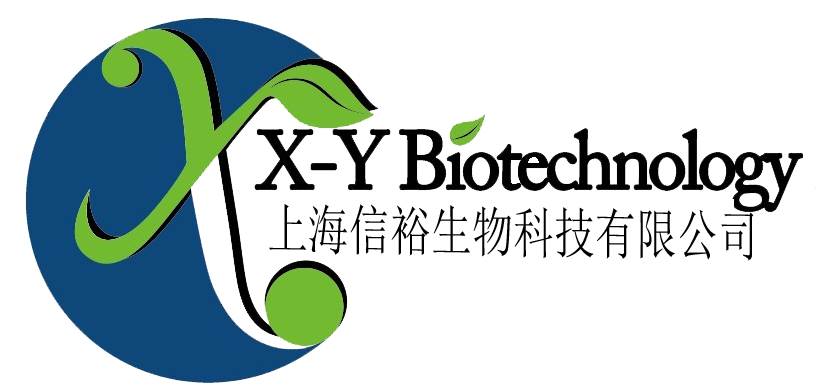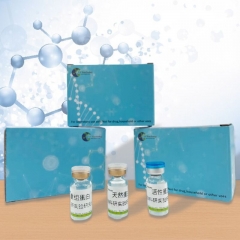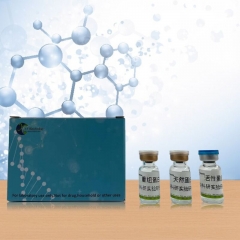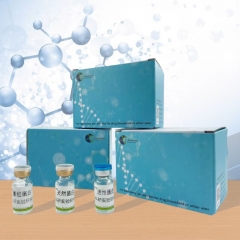Active Interleukin 15 (IL15)
白介素15(IL15)活性蛋白
[ PROPERTIES ]
Source: Prokaryotic expression. Host: E. coli
Residues: Trp50~Ser162
Tags: N-terminal His-tag
Purity: >98%
Buffer Formulation: 20mM Tris, 150mM NaCl, pH8.0, containing 0.05% sarcosyl and 5% trehalose.
Applications: Cell culture; Activity Assays; In vivo assays.
(May be suitable for use in other assays to be determined by the end user.)
Predicted isoelectric point: 5.1
Predicted Molecular Mass: 14kDa
Accurate Molecular Mass: 14&16&18kDa as determined by SDS-PAGE reducing conditions.
Phenomenon explanation:
The possible reasons that the actual band size differs from the predicted are as follows:
1. Splice variants: Alternative splicing may create different sized proteins from the same gene. 2. Relative charge: The composition of amino acids may affects the charge of the protein. 3. Post-translational modification: Phosphorylation, glycosylation, methylation etc. 4. Post-translation cleavage: Many proteins are synthesized as pro-proteins, and then cleaved to give the active form. 5. Polymerization of the target protein: Dimerization, multimerization etc.
[ USAGE ]
Reconstitute in 20mM Tris, 150mM NaCl (pH8.0) to a concentration of 0.1-1.0mg/mL. Do not vortex.
[ STORAGE AND STABILITY ]
Storage: Avoid repeated freeze/thaw cycles.
Store at 2-8℃ for one month.
Aliquot and store at -80℃ for 12 months.
Stability Test: The thermal stability is described by the loss rate. The loss ratewas determined by accelerated thermal degradation test, that is, incubate the protein at 37℃ for 48h, and no obvious degradation and precipitation were observed.The loss rate is less than 5% within the expiration date under appropriate storage condition.
[ SEQUENCE ]

[ ACTIVITY ]
Interleukin 15 (IL15) is a widely expressed cytokine that is structurally and functionally related to IL2, which plays an important role in many immunological diseases. IL15 also regulates T and natural killer (NK) cell activation and proliferation. To test the effect of IL15 on cells proliferation of human T lymphocyte cells, Jurkat cells were seeded into triplicate wells of 96-well plates at a density of 10, 000 cells/well in RPMI-1640 with the addition of various concentrations of IL15. After incubated for 72h, cells were observed by inverted microscope and cell proliferation was measured by Cell Counting Kit-8 (CCK-8). Briefly, 10µL of CCK-8 solution was added to each well of the plate, then the absorbance at 450nm was measured using a microplate reader after incubating the plate for 1-4 hours at 37°C. Cell proliferation of Jurkat cells after incubation with IL15 for 72h observed by inverted microscope was shown in Figure 1. The dose-effect curve of IL15 was shown in Figure 2. It was obvious that IL15 significantly promoted cell proliferation of Jurkat cells. The ED50 for this effect is typically 0.7240 to 5.206ng/mL.
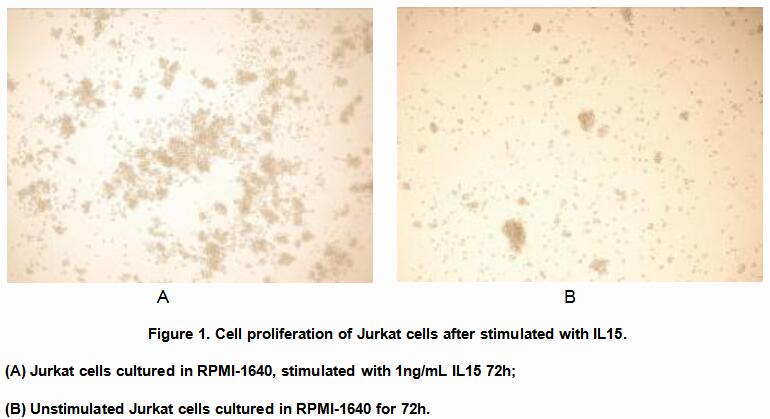

[ IDENTIFICATION ]

Figure 3. Gene Sequencing (extract)

 在线客服1号
在线客服1号
